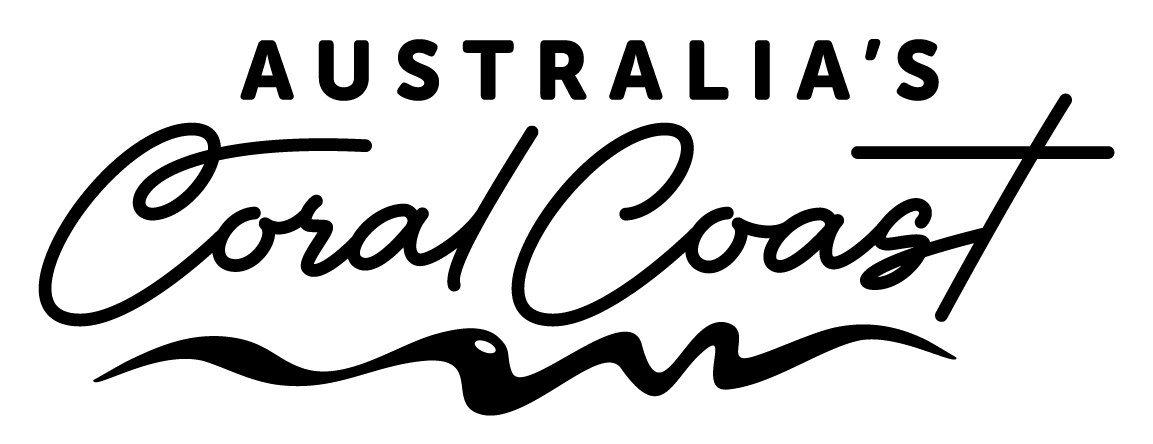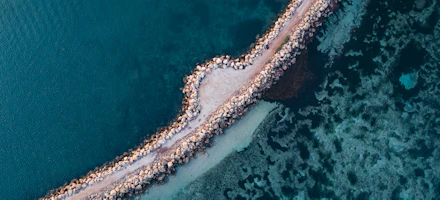
Your Guide to Stargazing the Coral Coast in 2024
29 February 2024
The night sky comes alive in 2024 and there’s no better place than Australia’s Coral Coast to explore the wonders of the Universe and immerse yourself in the stars. This year promises to be spectacular for stargazing so leave bright city lights behind and visit the world-class night sky along WA’s stunning coastline.
Away from light pollution, you’ll find you can see so many more stars in the night sky. They are so much brighter, and the darkness will give you a much better stargazing experience. Let’s turn out the lights and check out the best stargazing in 2024 with our friends from Astrotourism WA.

January: Go Galaxy Hunting
Did you know we have about 50 galaxies in our local Milky Way galactic neighbourhood? Two of these, the Magellanic Clouds, are our close neighbouring galaxies that can be seen with the naked eye without a telescope or binoculars. All you need is a location with a very dark night sky with no moonlight.
We’ve checked the lunar calendar for this year and here are the best times to see the Magellanic Clouds.

February: Hunting with Orion
Orion the Hunter is a well-known summer constellation, and it is up in the early evening for you to see. Head outside and look directly to the east. The brightest star you’ll see is Sirius. Directly to the left of Sirius is what is often referred to as ‘the Saucepan’, which is part of the Orion constellation. Three bright stars in a reasonably straight line make up the base of the saucepan – this is Orion’s belt. Three more stars that angle out to the top right form the handle, Orion’s sword.

March: The Seven Sisters Dazzle
Our top pick this month is a beautiful pairing in the early autumn night sky. On 15th March the crescent moon will appear close to the Pleiades star cluster below the constellation of Taurus in the north-western sky after dark. Pleiades is an important astronomical object within Aboriginal culture.
You’ll need a lovely dark night for good views. See how many stars you can count in the Pleiades star cluster when you’re at The Pinnacles near Cervantes. Visitors are welcome after dark and it’s a perfect late summer travel destination!

April: Our Famous Southern Cross
The Southern Cross is Australia’s most iconic constellation. It’s on the flag and in our hearts! Did you know it can only be seen from the Southern Hemisphere? In Autumn, you can track it over time as it graces the southern skies. How do you find the Southern Cross?
If you happen to be up north for the holidays, drop in to Denham and the Shark Bay area. There are a wonderful array of locations like Eagle Bluff and Little Lagoon for some top stargazing nights. Grab your camera, binoculars or telescope! You’ll have a great night out under the stars.

May: 3 Planets, 1 Moon and 3 Mornings
Put 5th, 6th and 7th April in your diary for an early morning stargazing adventure. Saturn, Mars, and Mercury will all get up close and personal with our planet’s only natural satellite, the Moon. You’ll be watching our solar system in motion over three mornings in a row.

June: Milky Way Galaxy
Milky Way Season is in full swing! If you’ve never seen the Milky Way on a moonless night in Australia’s Coral Coast, June and the months either side are the perfect time to experience it. Sometimes this thick band of stars look so close, you could almost reach out and touch them. The Milky Way is simply stunning and is sought after by astrophotographers near and far. When are the right dark nights to see the Milky Way at its best?
If you’re an astrophotographer who wants to capture images of the Milky Way over nightscapes, try Macpherson Homestead near Carnamah. The historic homestead creates a wonderful frame for a starry, starry image. The Milky Way hangs above the old house like a crown.

July: Meteors in the Sky
The Southern delta-Aquarids Meteor Shower occurs at a good time to try and spot some meteors (or “shooting stars”). There’s no moonlight at the time of the meteor shower’s peak which makes it easier to see more meteors as they burn up in Earth’s atmosphere. How many can you count?
The Southern Delta-Aquarids Meteor Shower is hitting the sky in July. Best viewing is early in the morning on 31st July. A good place away from bright city lights is the Talc Mine Lookout near Three Springs. Make sure you have your coat, beanie, scarf and your favourite hot drink in a thermos!

August: Sagittarius and a Teapot!
You may have heard about “the saucepan in the sky”. That’s part of the constellation of Orion. Did you know there’s also the shape of teapot in the sky? See if you can find the teapot in Sagittarius…
And another thing… when we look towards the constellation of Sagittarius, we are looking towards the heart of our Milky Way Galaxy! Check out the heart of our galaxy when you’re next at a dark sky location like Yandanooka Hall near Mingenew, is a great place for a spot of stargazing and you might bump into a Giant Planisphere!

September: Watch as a Star Disappears Behind the Moon!
On the 10th September, watch this amazing event happen before your very eyes! The Moon will pass in front of the bright red star of Antares. It’s called a lunar occultation. You’ll see it with the naked eye but see if you can borrow a pair of binoculars for a closer look. What time do I look?
If you’re looking for wonderful itinerary ideas to find dark night skies, you can’t go past Wild Flowers Wild Stars or a Starry Coast to Outback Adventure! There are a plethora of stargazing options mapped out for you.

October: The Supermoon Rises!
Watching a Supermoon rising is getting more and more popular each year. On 17th October, choose a favourite location in Australia’s Coral Coast where you can see clearly to the eastern horizon and you’re all set for a great evening out. What is a Supermoon and when does it rise?

November: Andromeda
Andromeda is in our galactic neighbourhood of local galaxies. It’s 2.5 million light years away and they say it is the most distant object visible to the human eye! Head out to an Astrotourism Town on a moonless weekend and try your luck. Will you be able to see Andromeda?

December: Christmas Eve Planet Spectacular
Which are the two brightest planets we can see from Earth in our night sky? Venus and Jupiter! On Christmas eve, head outside at 8pm. The two planets will be on opposite sides of the sky to one another. These are the brightest of lights on a Christmas eventing. Do you wonder if there is an astronomical explanation for the Star of Bethlehem? Maybe there is…
And that’s a wrap! Australia’s coral Coast’s top 12 tips to the best stars in 2024. Now all you need to do is plan your holiday getaway and put yourself amongst the stars!
For more stargazing sights and, check out What’s up in the Night Sky and the Astrotourism Towns map.



























